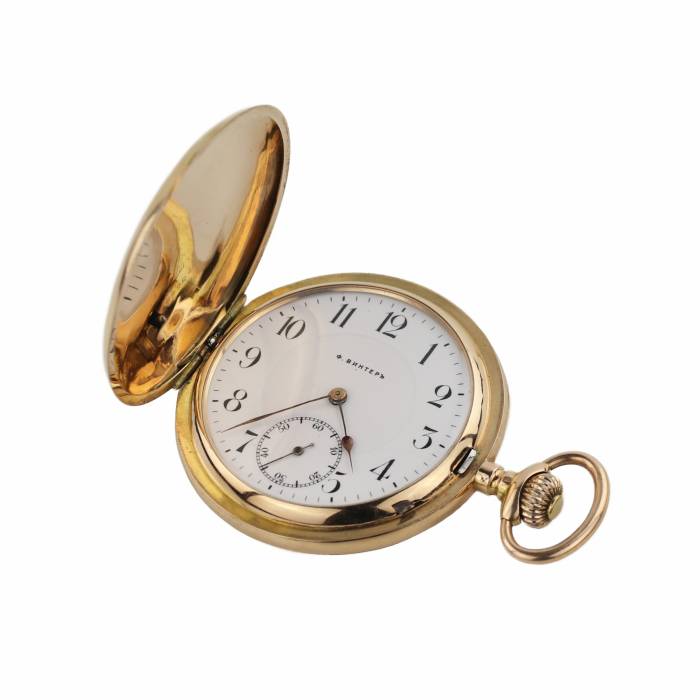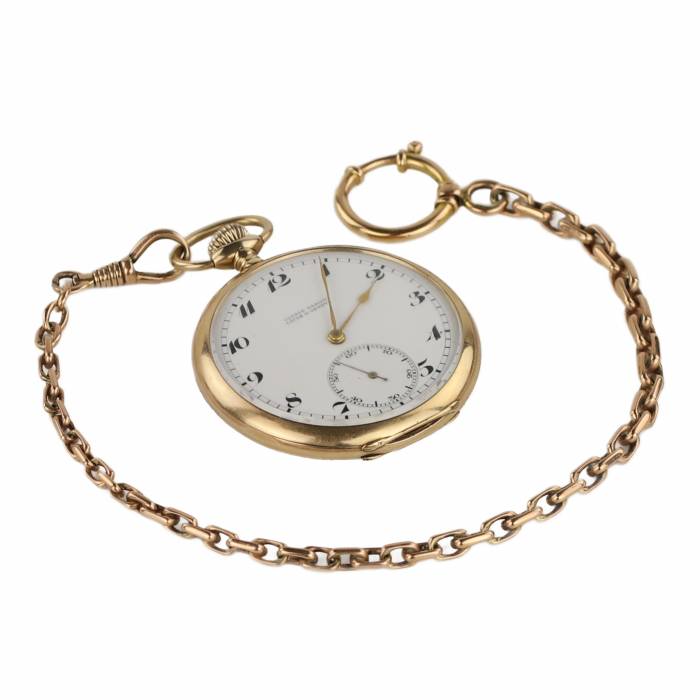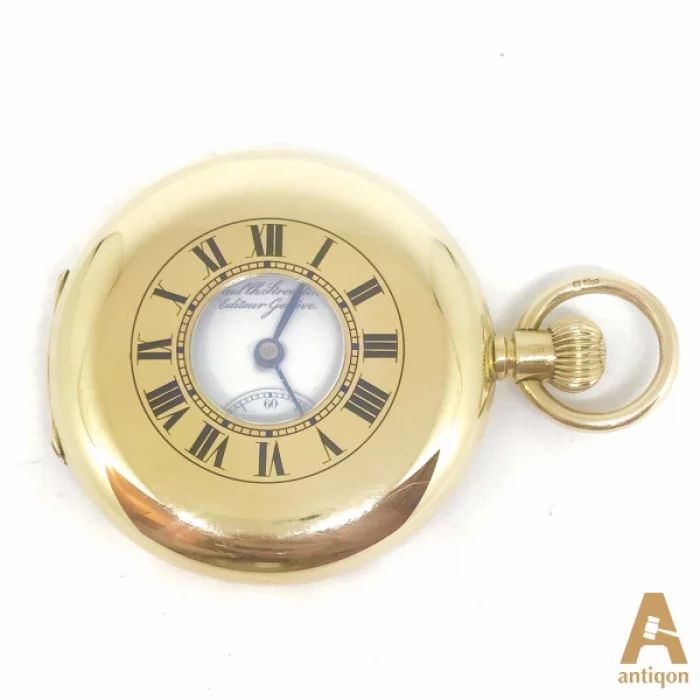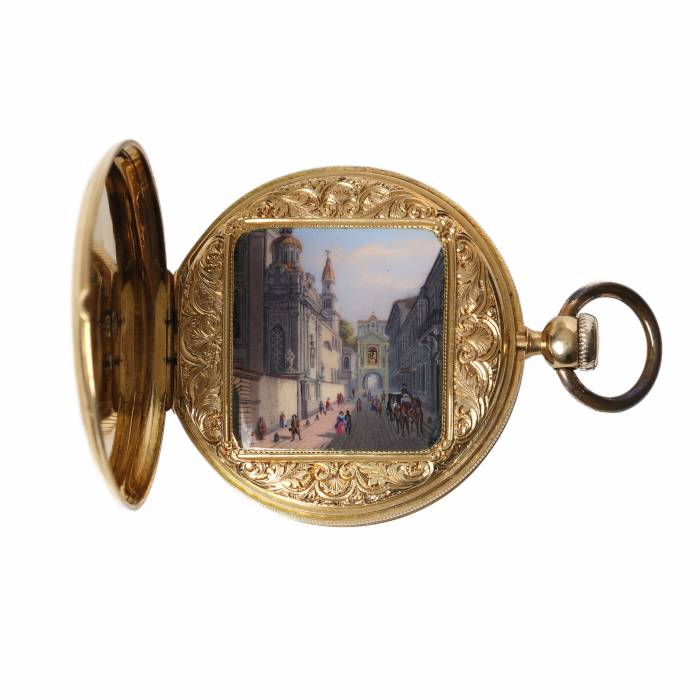
AntiqonART consultant will contact you within one business day after receiving your request.







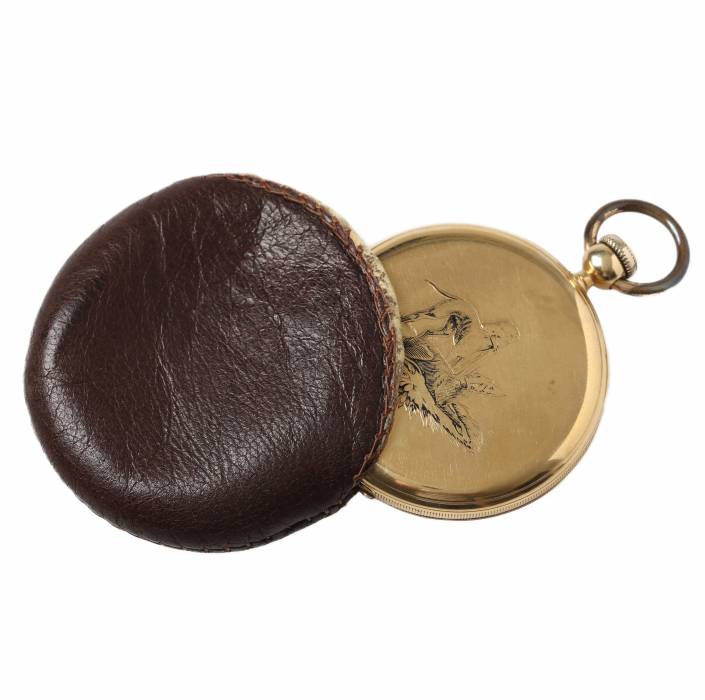










At Antiqon ART, we build trust and value your choice. Every purchase of art and antiques with us is an investment backed by our expertise, reputation, and a 100% authenticity guarantee.
Discover how the value of similar works has evolved over the past 10 years. Art is not only beauty — it's an investment.
Antiqon ART offers free packaging, insurance, and delivery for most items purchased through the company. Exceptions include large and oversized items that require specialized packing and shipping.
Référence historique :
Patek & Philippe - Après la répression sanglante du soulèvement polonais de 1831, des milliers de rebelles ont été contraints de quitter l`Empire russe, fuyant les sévères punitions et la mort possible. Parmi ces fugitifs se trouvait Anthony Norbert. Fuyant la répression, il trouve d`abord refuge à Paris. En 1835, après avoir changé son nom pour Antoine Norbert de Patek, il s`installe à Genève, où il commence à gagner sa vie en revendant des montres achetées à bas prix et envoyées à ses compatriotes polonais. En 1839, Anthony fait une rencontre fatidique avec Frantisek Capek, un horloger polonais d`origine tchèque. Le 1er mai 1839, ils fondent la société horlogère Patek, Czapek & Cie. Produisant environ 200 montres par an, l`entreprise s`impose rapidement et participe déjà en 1844 à l`Exposition de Paris. C`est là que Patek a entendu parler pour la première fois de Jean-Adrien Philippe, un horloger français qui travaillait sur une montre de poche innovante ne nécessitant pas de clé de remontage traditionnelle pour le remontage et le réglage. Un an après avoir rencontré Jean-Adrien Philippe, František Capek décide de quitter l`entreprise et son nom devient Patek & Cie. Patek, à la recherche d`un nouvel associé, propose à Philippe de prendre le poste de directeur technique dans son entreprise genevoise. Le 15 mai 1845, une nouvelle société, Patek & Cie, ouvre ses portes au 15 quai de Berg à Genève. Six ans plus tard, elle prend le nom de Patek, Philippe & Cie, ouvrant ainsi un nouveau chapitre dans l`histoire de l`horlogerie.
La Porte de l`Aube est la seule porte de la ville de Vilnius qui subsiste, représentant l`un des monuments religieux, historiques et culturels les plus importants de la ville. Dans la chapelle située à cette porte se trouve une icône de la Bienheureuse Vierge Marie, Mère de Miséricorde, qui, selon la légende, possède des propriétés miraculeuses. Initialement, la porte s`appelait Mednitsky (Medininkai), puisque le chemin vers Medniki (Medininkai) partait de là. Le nom moderne vient peut-être du mot lituanien aštrus (dièse russe), puisque la porte était située à la périphérie de la ville, qui à l`époque s`appelait le Sharp End. Il existe une autre version de l`origine du nom, liée à leur emplacement dans la partie orientale de Vilnius, là où l`aube se lève. De plus, la Vierge Marie était également appelée l`étoile de l`aube, ce qui peut avoir influencé le nom de la porte. La chapelle a acquis son aspect classique grâce à la reconstruction réalisée dans les années 1828-1830. Le sommet de la chapelle était couronné d`une tourelle avec une cloche. En 1830, un couloir en pierre reliant la chapelle à l`église est achevé. Entre les colonnes de chaque côté de l`icône se trouvaient deux statues dorées représentant les parents de la Vierge Marie, les saints Joachim et Anne.
The condition report is provided for informational purposes only.
It is not comprehensive and may not reflect all defects, restorations, alterations, or adaptations, as Antiqon does not perform professional conservation-level assessments. The information is based on a qualified, yet subjective, evaluation by our specialists.Before purchasing, we recommend consultation with an independent expert.Please also consult our Terms and conditions and Glossary A-Z, which contain important information on lot characteristics and sale conditions.

Thank you for your request!
Our consultant will contact you soon.

AntiqonART consultant will contact you within one business day after receiving your request.
Thank you for your request!
Our consultant will contact you soon.

AntiqonART consultant will contact you within one business day after receiving your request.











